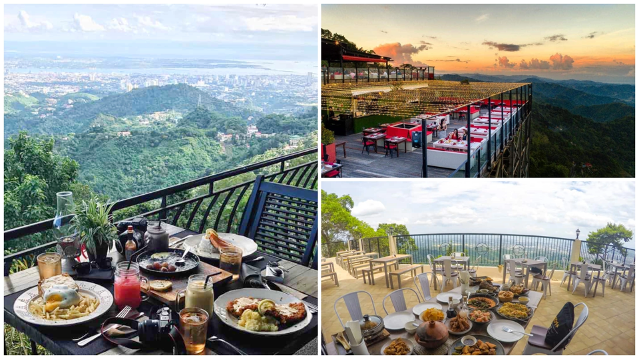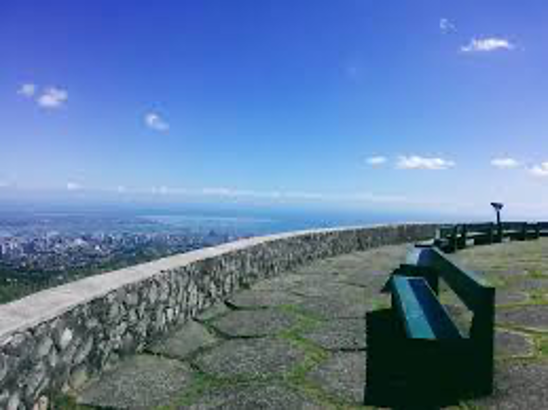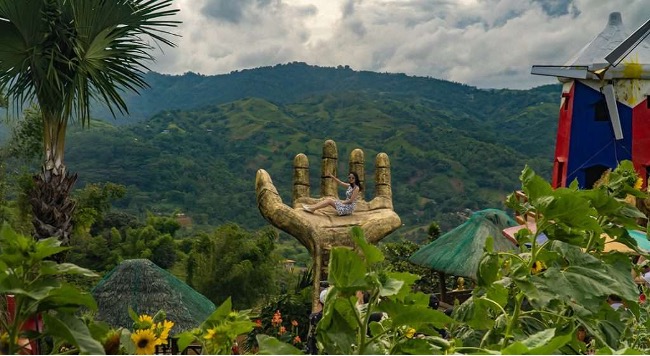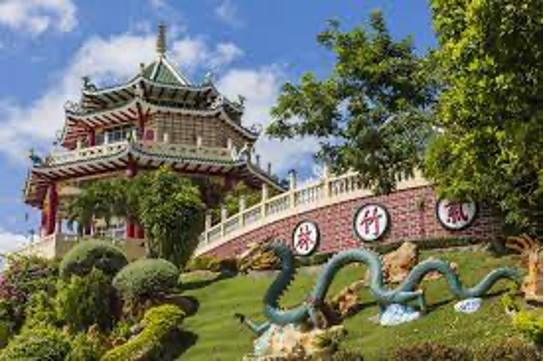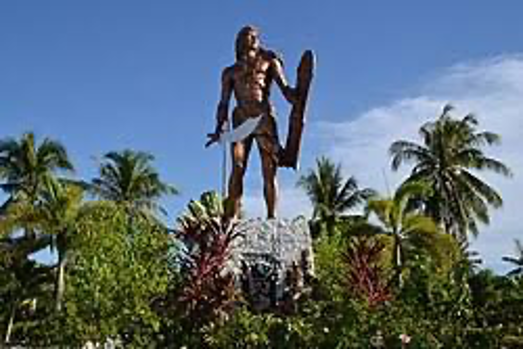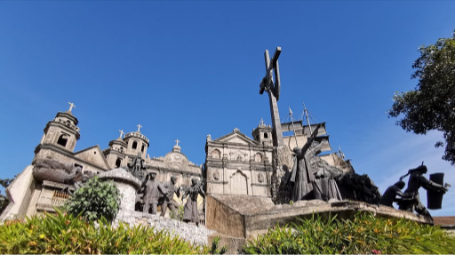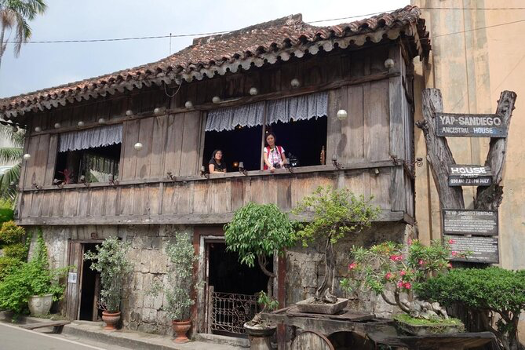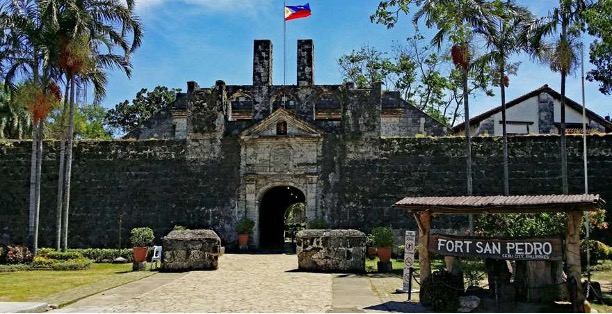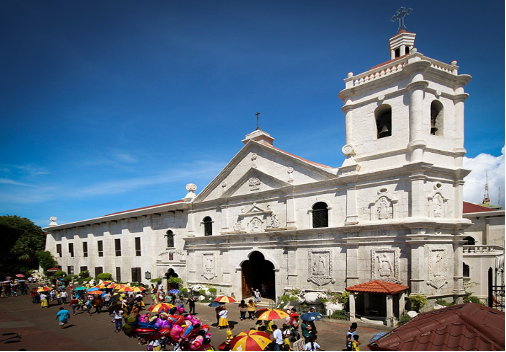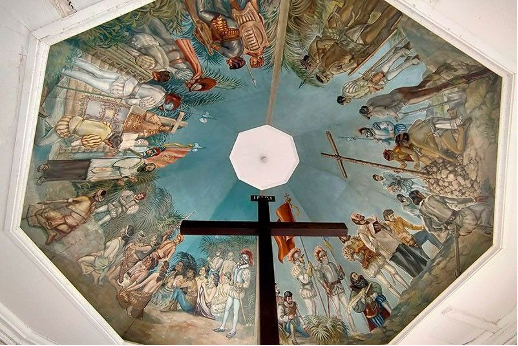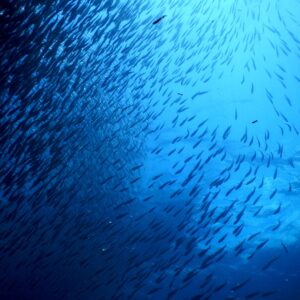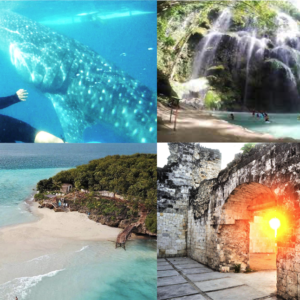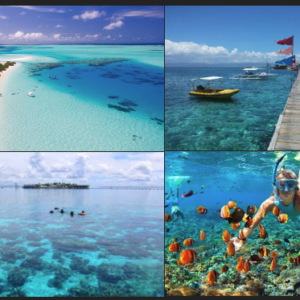Cebu City & Highlands Tour
Cebu City, is located in south-central Philippines. Located on Cebu Island’s eastern coast, it is protected by offshore Mactan Island and by the inland Cordillera Central. It is one of the country’s largest cities and is a bustling port. Its harbour is provided by the sheltered strait between Mactan Island and the coast.
The country’s oldest settlement, it is also one of its most historic and retains much of the flavour of its long Spanish heritage. A thriving port occupied the site when Ferdinand Magellan, the Portuguese navigator and explorer, landed there on April 7, 1521. He sealed a blood compact with Humabon, the chief of Cebu, but was killed later by Chief Lapulapu of nearby Mactan Island. On April 27, 1565, Miguel López de Legazpi and the friar Andrés de Urdaneta arrived on Cebu and founded the first Spanish settlement and Catholic mission in the Philippine archipelago. For six years, until Legazpi’s removal to Manila, Cebu was the Spanish colonial capital. It remained the primary Spanish bastion in the southern part of the Philippines.
Thus Cebu’s rich history provides for excellent tours that help tourists, induding locals,
understand the Filipino cultural heritage and religion.
TOUR DURATION : 8-10 hours
What to expect :
- Get to know more about how the Filipinos were converted from paganism to christianity 500 years ago and how the devotion to the Sto. Nino (Holy Child Jesus) came about as evidenced during the yearly celebration of the Sinulog Festival.
- Visit and explore the famous Magellan’s Cross, Basilica del Sto. Niño, Cebu Heritage Monument, Ancestral House (Yap-Sandiego), Fuerte de San Pedro, Taoist Temple, , Temple of Leah, Tops Lookout, Sirao Flower Garden, and La Vie in the sky.
- Souvenir shopping as time permits.
- Exclusive use of air-conditioned transportation with fuel and fully vaccinated driver
- Pick up and drop of from and to a hotel in Cebu City / Mactan
- Dept of Tourism (DOT) accredited guide to better appreciate the rich history of the Phiippines and Cebu City thru in-depth story telling.
- Entrance and parking fees
- Free Two(2) chilled 500ml water per pax
- Meals during tour.
- All other items not mentioned in “INCLUSIONS”
Note: Pickup time may be flexible.
| 8:00AM | Pick-up at hotel/airport |
| 8:30AM |
Start of tour – Cebu City tour destinations
|
| 1:00PM |
Cebu City Highland tours
|
| 5:00PM |
End of tour |
| 6:00PM |
Drop off at hotel /airport |
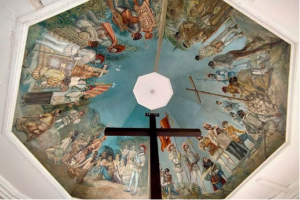
The Basilica del Sto. Nino is where the original image of Sto Nino, (one of the three gifts by Magellan) is displayed.
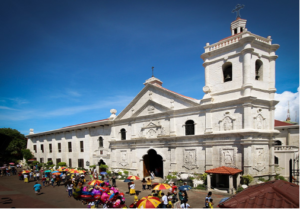
Heritage Monument: The Heritage of Cebu Monument, a tableau showcasing the important events in Cebu City’s history, is one of the highlights of the town. The scenes depicted on the monument is related to the time of Spain’s colonial rule over the country up to the recent beatification of Pedro Calungsod, the Cebuano martyr. Where the Heritage of Cebu Monument stands is also a historic place in the city. Parian District was home to elite and respected Cebuano families during the Spanish period. The word “parian” originated from the word “pari-pari” which means to barter or trade. The place is also said to be the center of trade between the locals, Chinese, and Spanish mestizos before. Other than that, it was also used for extravagant events for the wealthy Chinese merchants.
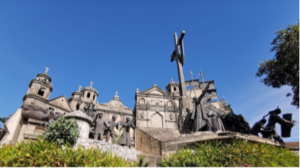
The exact place where the monument is located is also the original spot where the St. John the Baptist church was built before it was demolished in 1875 under the command of the diocese of Cebu.
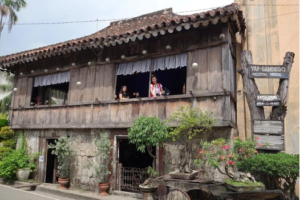
San Diego – Yap Ancestral Home : The Yap-Sandiego Ancestral House is one of the oldest houses in the Philippines that was built in the late 17th century during the country’s Spanish colonial era. Constructed out of coral stones and wood with Spanish and Chinese architectural influences, this 2-storey house was originally owned by a Chinese merchant named Don Juan Yap and Doña Maria Florido with their 3 children. In 2008, the great great grandson of the eldest daughter turned it into a museum filled with a mass of antiquities, ancient artworks, religious icons, and Cebuano-made native furniture.
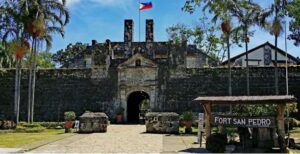
Fort San Pedro, at A. Pigafetta Street, Cebu City, is the oldest and smallest fort in the Philippines and is one of the city’s pride. Lying in Plaza Independencia in the pier area of Cebu, the fort holds a rich history of the island and the historical events during the Spanish rule.
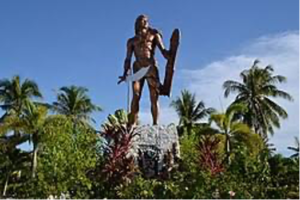
Mactan Shrine : Mactan is the improbable site of one of the defining moments in the Philippines’ history. It was here on 27 April 1521 that Ferdinand Magellan was fatally wounded at the hands of Chief Lapu-Lapu. The event is commemorated at the Mactan Shrine on a stone plinth bearing the date that Magellan was felled.
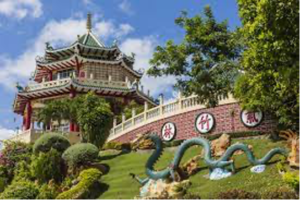
Cebu Taoist Temple – is a famous religious site built in 1972 by the hill in Cebu City. Whie it is not a tourist destination, it became popular due to its peculiar structure and artistic appeal even to non-believers of this religion.
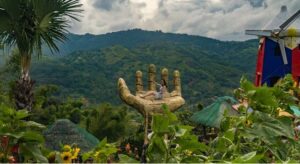
Be part of many of Sirao’s instagrammable corners.
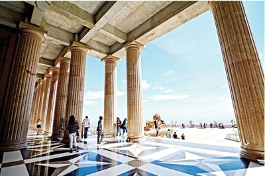
Be transported to Europe at the Temple of Leah. (Photo by Sunstar)
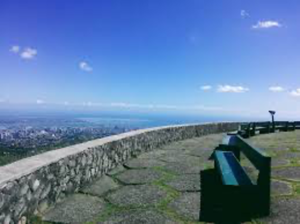
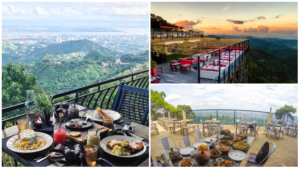
Experience the French vibe – from wining to dining at La Vie in the Sky. (photos by Sugbo,ph)
- TRANSPORTATION & OTHER TOUR RESERVATIONS : Should you wish to cancel your booking for whatever reason, an email request shall be sent to our email address at least 48 hours prior arrival date at [email protected]. Full refund less minimal agency fees representing administrative work done shall be deducted from refundable amount.

